honors chem Updates
Honors chem
HW Due Tuesday:
Make Index Cards:
#1: Rewrite the 5 sig fig rules in your own words with an example for each rule on the back.
#2: Put the percent Error Formula on another index card
Make Index Cards:
#1: Rewrite the 5 sig fig rules in your own words with an example for each rule on the back.
#2: Put the percent Error Formula on another index card
Click to edit.
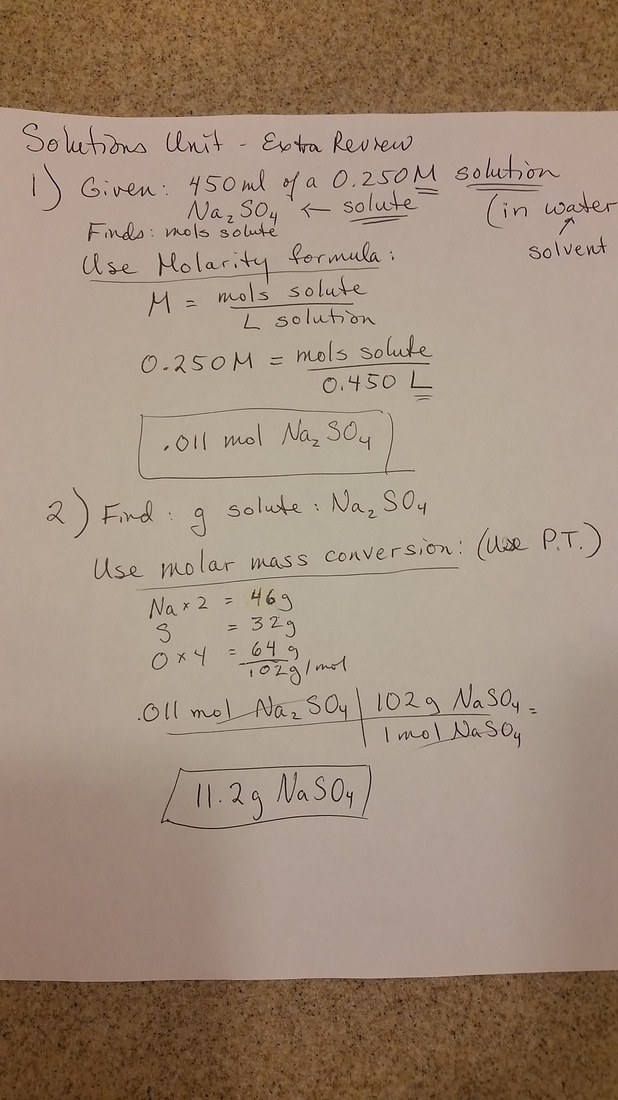
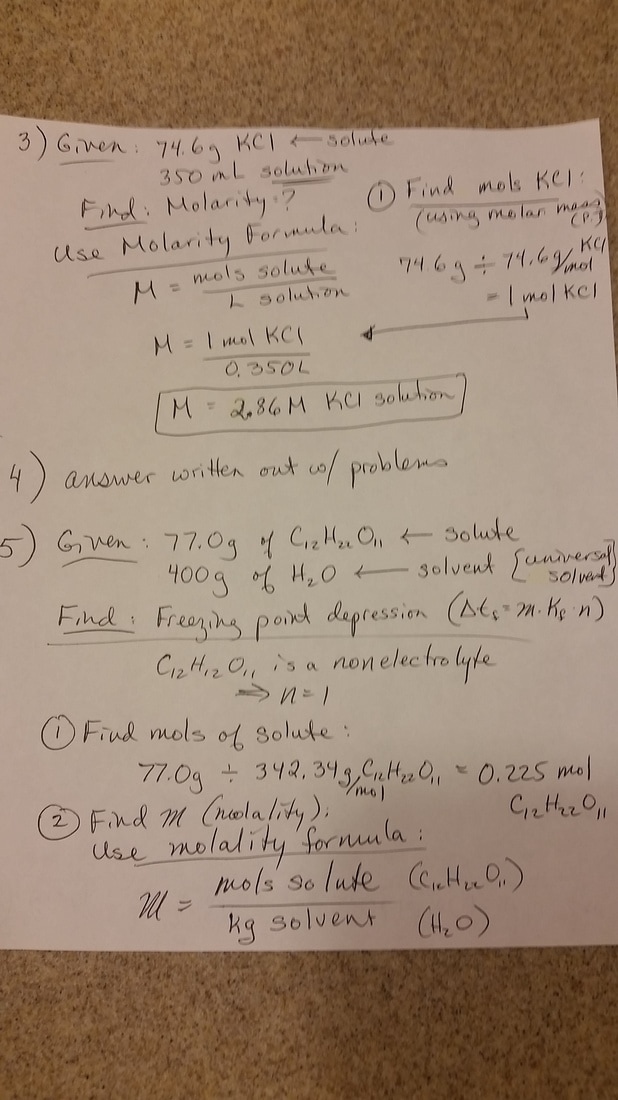
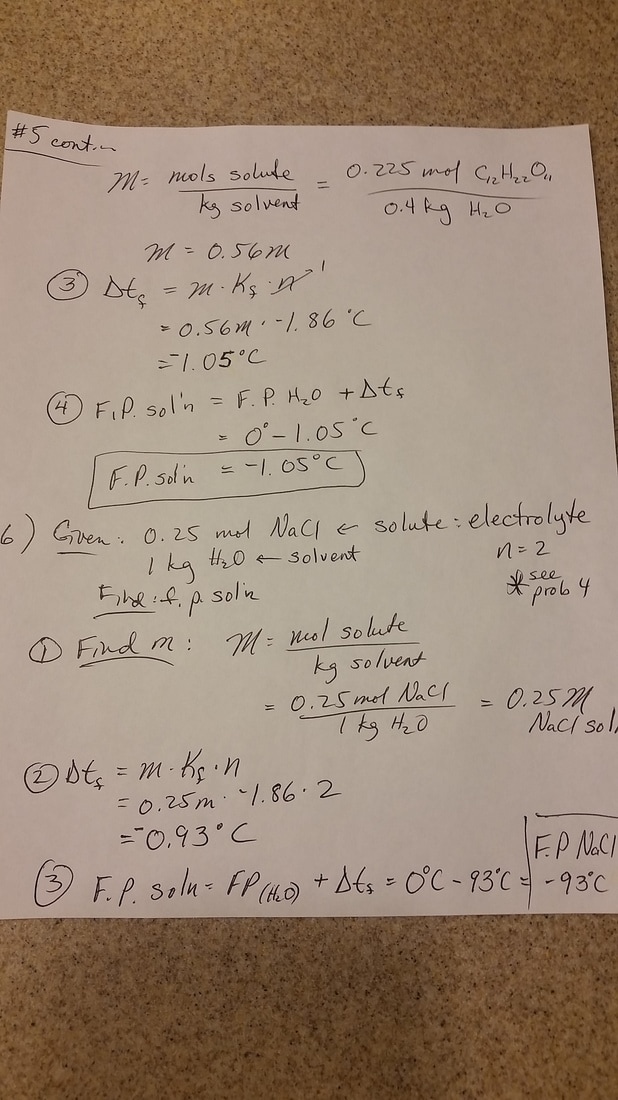
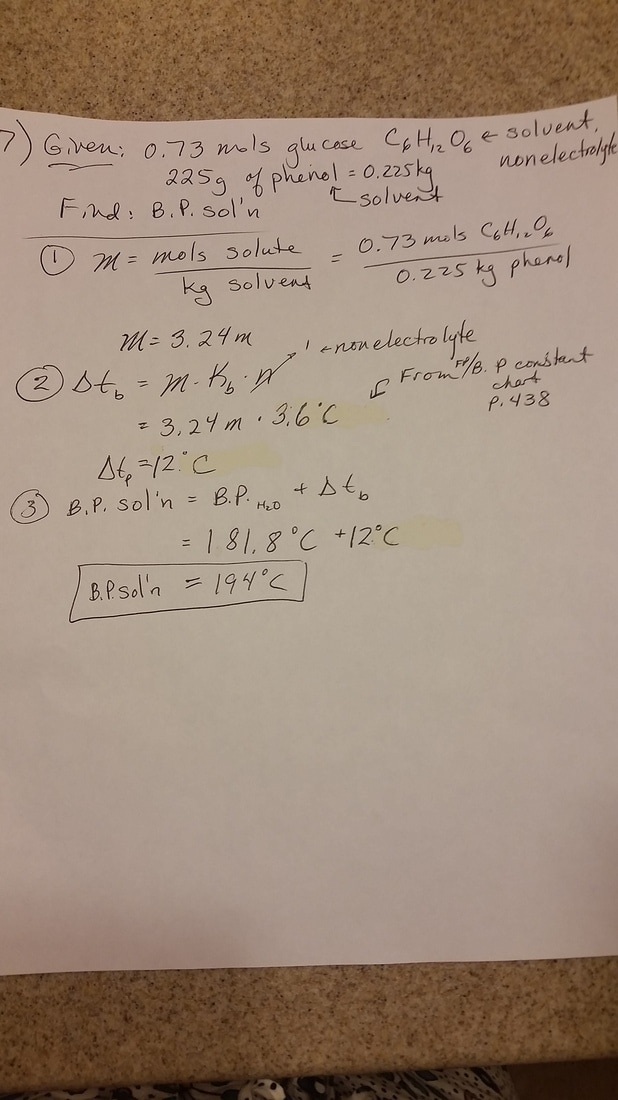
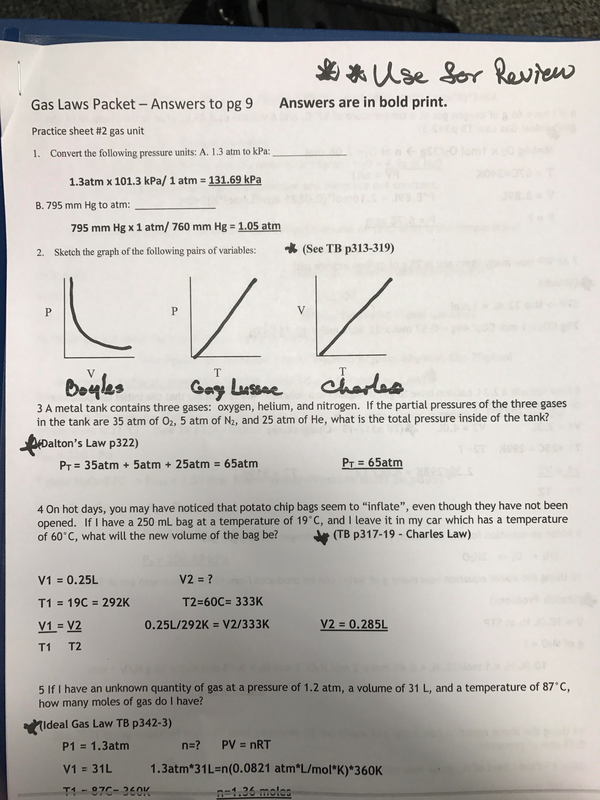
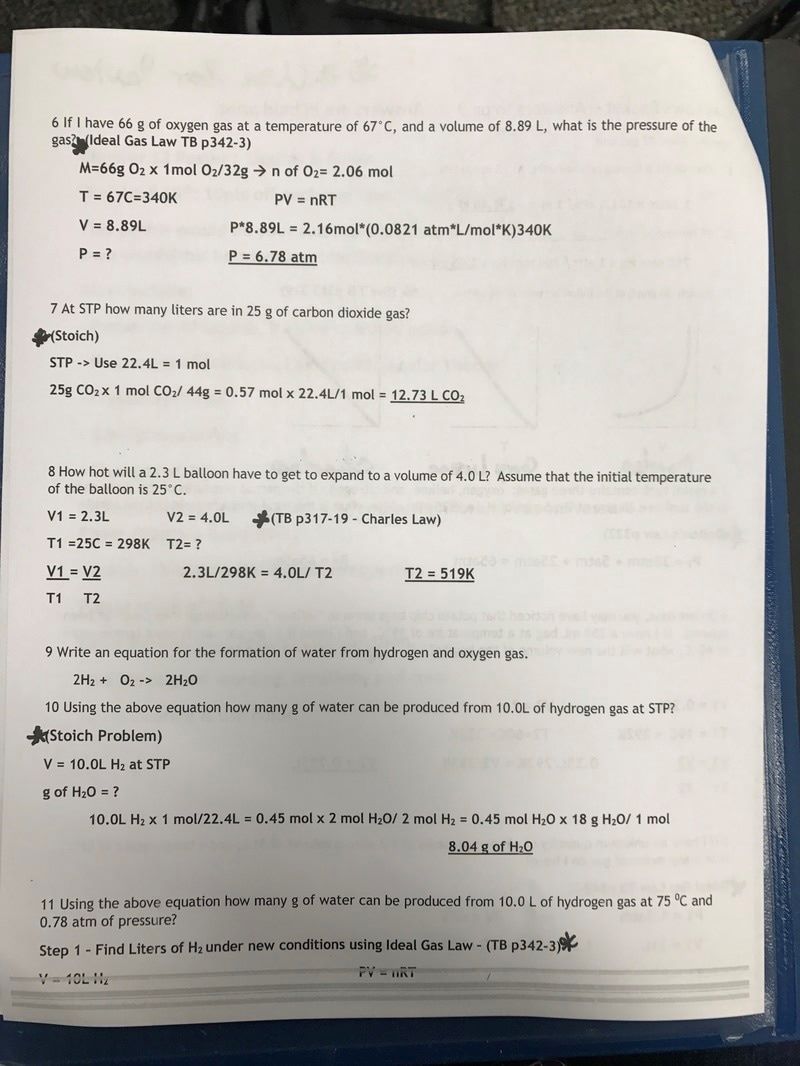
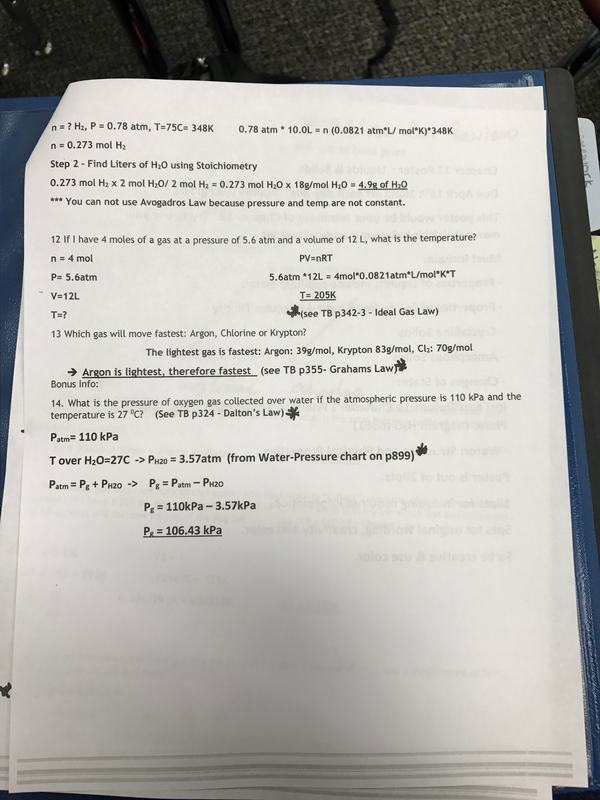
 RSS Feed
RSS Feed
